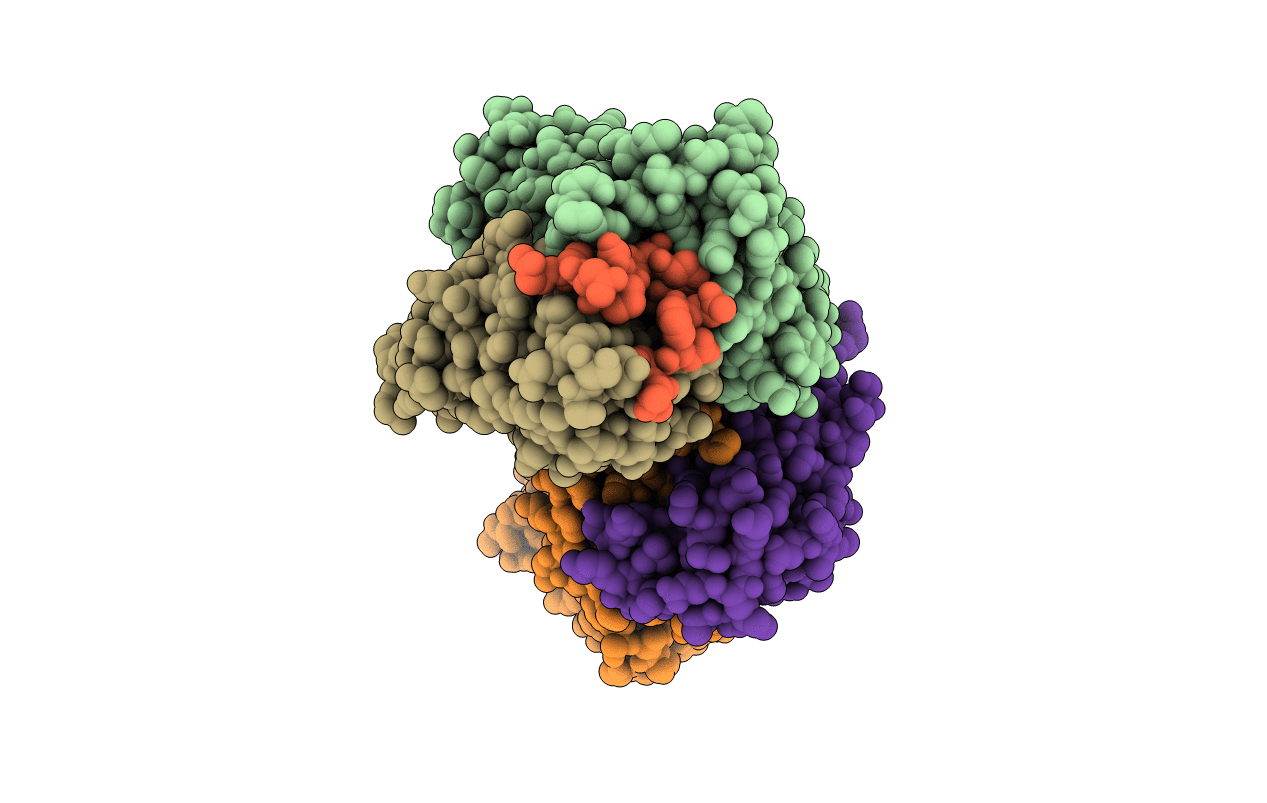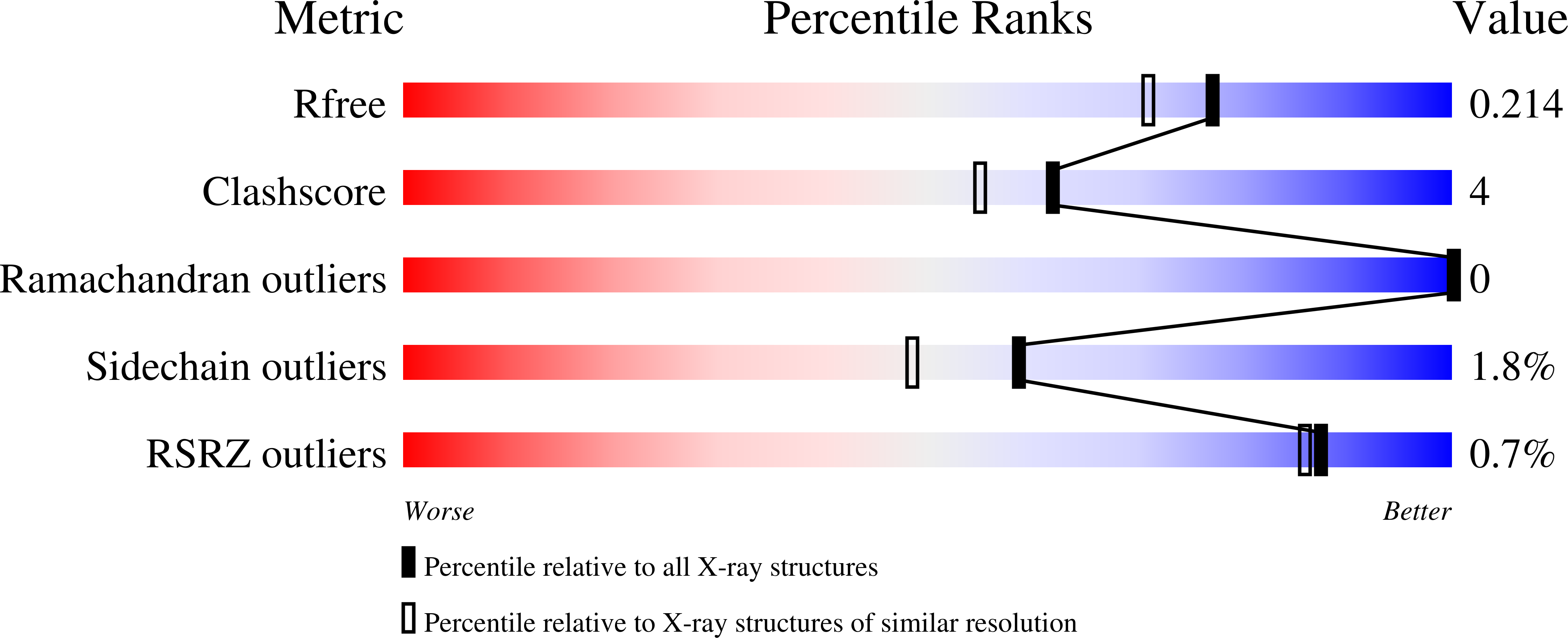
Deposition Date
2021-02-02
Release Date
2021-12-15
Last Version Date
2024-11-20
Entry Detail
PDB ID:
7LKB
Keywords:
Title:
Crystal structure of PfCSP peptide 21 with vaccine-elicited human anti-malaria antibody m42.127
Biological Source:
Source Organism:
Homo sapiens (Taxon ID: 9606)
Plasmodium falciparum 3D7 (Taxon ID: 36329)
Plasmodium falciparum 3D7 (Taxon ID: 36329)
Host Organism:
Method Details:
Experimental Method:
Resolution:
1.80 Å
R-Value Free:
0.21
R-Value Work:
0.18
R-Value Observed:
0.18
Space Group:
P 1


